Katharina Otto-Dorn joined the faculty in Art History at UCLA (then part of the Department of Art, Design, and Art History) in 1967. By that time, she was already a distinguished scholar of Islamic art, a field that she established at UCLA. Otto-Dorn, born in Wiesbaden in 1908, received her doctorate from the University of Vienna, under the guidance of the distinguished art historian Joseph Strzygowski, with a dissertation on Sasanian silver. Sasanian art remained a life-long interest. Her first publication was an article on eastern influence on a group of Iranian silver cups, and she taught seminars on the subject at UCLA. Her first book, Das Islamische Iznik, was an important study of a major center of production of ceramic tiles.
From 1947 to 1954, Prof. Otto-Dorn worked toward her “Habilitation” at the University of Heidelberg; her Habilitationsschrift, Turkische Keramik, was published in 1957. Her survey of Islamic art, Kunst des Islam, intended for both a scholarly and a lay audience, was published in German in 1964 and translated into a number of languages, including Serbo-Croatian. In 1954, Professor Otto-Dorn was appointed to the newly established position of Chair for Islamic art at the University of Ankara, a position that she held until her appointment at UCLA in 1967. She was a pioneer in the excavation of Islamic sites, such as the Seljuk palace on the shores of Lake Beyeshehir in Turkey and the Ummayyad palace at Resafa in Syria.
The author of numerous other books and articles, Prof. Otto-Dorn’s publications range widely over medieval Islamic art—architecture, relief sculpture, ceramics. The question of the representational arts, in particular the depiction of the human figure in Islamic art, continued to occupy her during her scholarly career, as did the relation between the arts of the centers of Islam and the Christian areas on the periphery of the Islamic Near East, such as Armenia. During her time at UCLA, Otto-Dorn trained several M.A. and Ph.D. students. A former student, who became a professor at California State University, Los Angeles, recalls with fondness Otto-Dorn’s “German tea ceremonies” at her home, at which students were encouraged to express differences of opinion over tea and cake. The student notes, humorously, that Otto-Dorn won every argument, but her students appreciated the opportunity to meet outside the University setting, as well as her courtesy and attention. Students who chose a different path also benefited from her training (an example is a Los Angeles artist whose work incorporates themes drawn from Iranian art). Prof. Otto-Dorn was invariably friendly to, and supportive of, younger colleagues, frequently inviting them to her home for excellent meals and stimulating conversation.
(Written by former faculty Irene Bierman, Susan B. Downey, and Donald F. McCallum in memoriam in 2000.)
See also:
Joachim Gierlichs, “In Memoriam Katharina Otto-Dorn: A Life Dedicated to Turkish Islamic Art and Architecture,” EJOS IV (2001), no. 21, pp. 1-14.(https://www.academia.edu/3515622/_In_Memoriam_Katharina_Otto-Dorn_A_life_dedicated_to_Turkish_Islamic_Art_and_Architecture)
